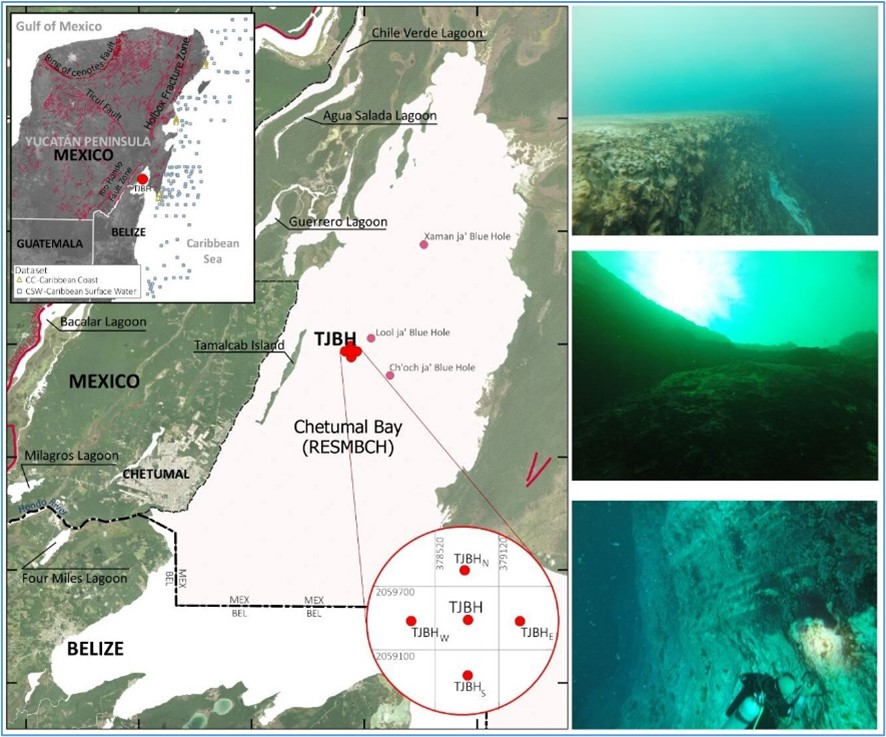PREVIOUS
World’s Deepest Blue Hole
May 4 , 2024
451 days
589
0
- Researchers have found the world's deepest blue hole in the Latin American country of Mexico.
- They have reached 1,380 feet or 420 meters below sea level, but it is not the end of the hole.
- The “deepest known blue hole”, Taam Ja’ Blue Hole (TJBH), is located in Chetumal Bay off the Yucatan Peninsula.
- Its depth can be compared to the height of Trump Tower in Chicago.
- Blue holes are water-filled vertical caverns, found in coastal regions where the bedrock is made of soluble material, such as limestone, marble, or gypsum.
- Blue holes typically contain tidally influenced water of fresh, marine, or mixed chemistry.
- Well-known examples are the Dragon Hole in the South China Sea and, the Great Blue Hole and Dean's Blue Hole in the Caribbean.
- The Dahab Blue Hole in Egypt and the Great Blue Hole in Belize are other good examples.

Leave a Reply
Your Comment is awaiting moderation.


